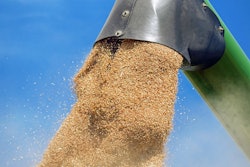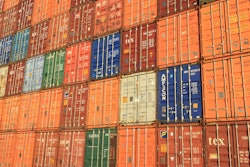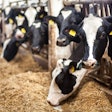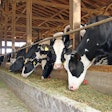
To be effective at price risk management, you must be comfortable seeing numbers in red. That was the lesson Richard Jelinek, vice president global education for INTL FCStone, wanted to instill on attendees of his session at the GEAPS Exchange 2019 in New Orleans.
Learning how to look at price risk management and commodity price hedging is important for both grain handlers and their customers to understand even if they do not partake in much grain merchandising. Price risk management can be the difference between a producer being profitable and having to sell the farm, but many do not take advantage. What stops them? According to Jelinek, the human mind.
Risks are a part of life, and though humans do not like thinking about bad things, they will eventually happen. However, the way we handle them depends on how often they occur and how likely they are to happen. Jelinek compares it to insurance.
“No one likes paying for insurance,” he said. “But when most of us are born, someone takes out a life insurance policy on us and pays a monthly bill until we’re 18. Then you take one out on yourself and pay all this money for a onetime event in the future, but an event that’s guaranteed to happen.”
Hedging commodities should be a no brainer for producers because it guarantees them the “option” to sell, not the “obligation” to. In reality, producers cannot lose, but the perception of loss gets in their way. Jelinek gave an example where a producer buys a $9.40/bushel November Soybean Put Option for a $0.60/bushel premium with a $0.30 base. That deal can work out one of two ways:
Market Crashes to $7.40
Their Net sell price = $8.50 ($7.10 cash + $1.40 Put Option profit)
Market Booms to $12.40
Their Net sell price = $11.50 (12.10 cash - $0.60 Put Option loss)
Both options are a win for the producer! Either way, they’ve made a profit. According to Jelinek, even though the producer made more profit, they will be less happy with the Market Booms scenario. All becuace of the Put Option they had to pay.
Put Options and hedging should be thought of as insurance against the inevitability that there eventually be a market crash and can be key to keeping producers solvent when it comes.





















